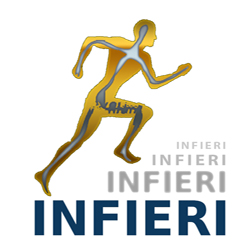Speaker
Description
The fast evolution of microelectronic technologies has made the pixel detector a dependable, virtually essential device in a number of crucial applications in high energy physics (HEP) experiments and in photon science. With the upgrade of the LHC experiments and the advent of 4th generation free electron laser (FEL) machines, pixel front-end circuits developed in these two different fields have come to face a number of common challenges: use of scaled CMOS technologies to increase functional density in a limited pitch, large number of parallel channels in a single chip, with the relevant integration issues, huge amount of data to be processed and transferred off-chip to mass storage, ever faster processing speed, exposure to unprecedented doses of ionizing radiation.
This lecture will focus on the core of the pixel detection system, the front-end analog chain measuring the charge released by the detector, including the charge preamplifier and the shaping filter, in its time-invariant and time-variant flavors. Particular emphasis will be put on the signal processing methods and the front-end channel architectures adopted to comply with the demanding specifications of HEP and photon science experiments. Design criteria for minimum noise and optimization of threshold (offset) dispersion will be presented. Some specific topics, such as radiation tolerance, leakage current compensation, dynamic range compression and amplitude measurement digitization, will be discussed also with reference to some particular design cases.
